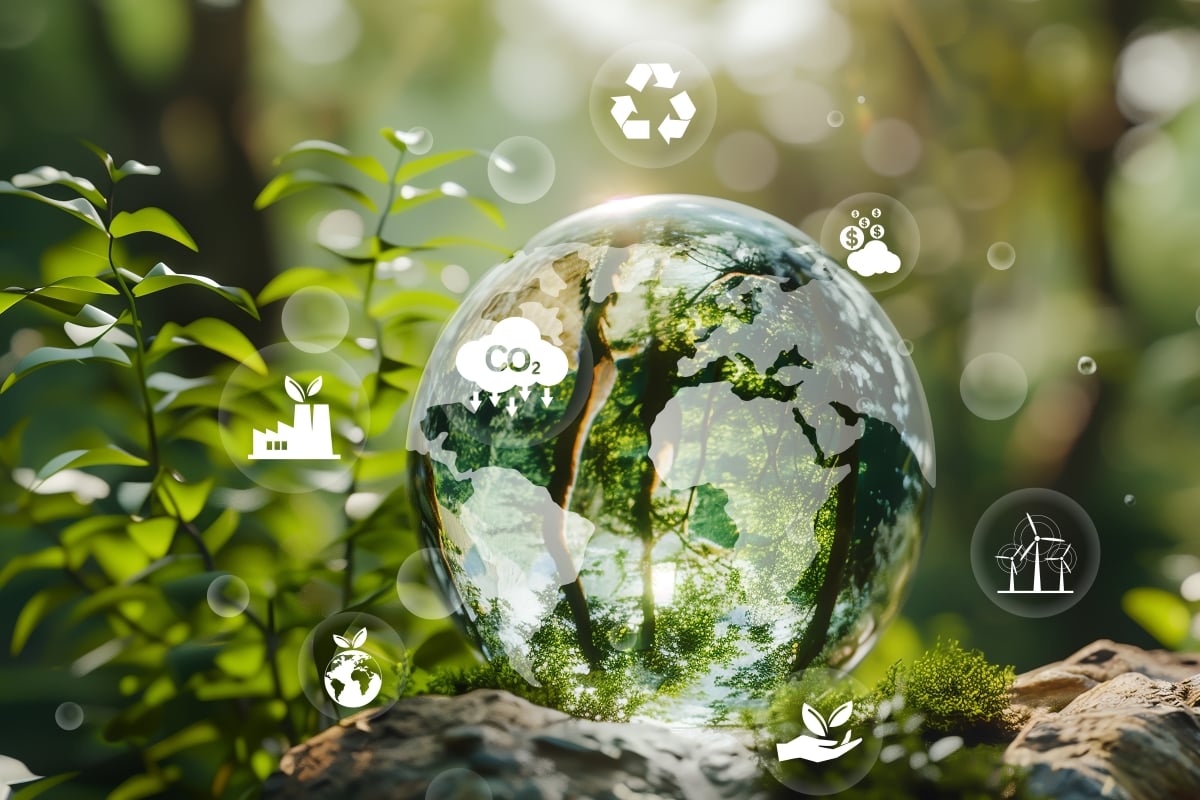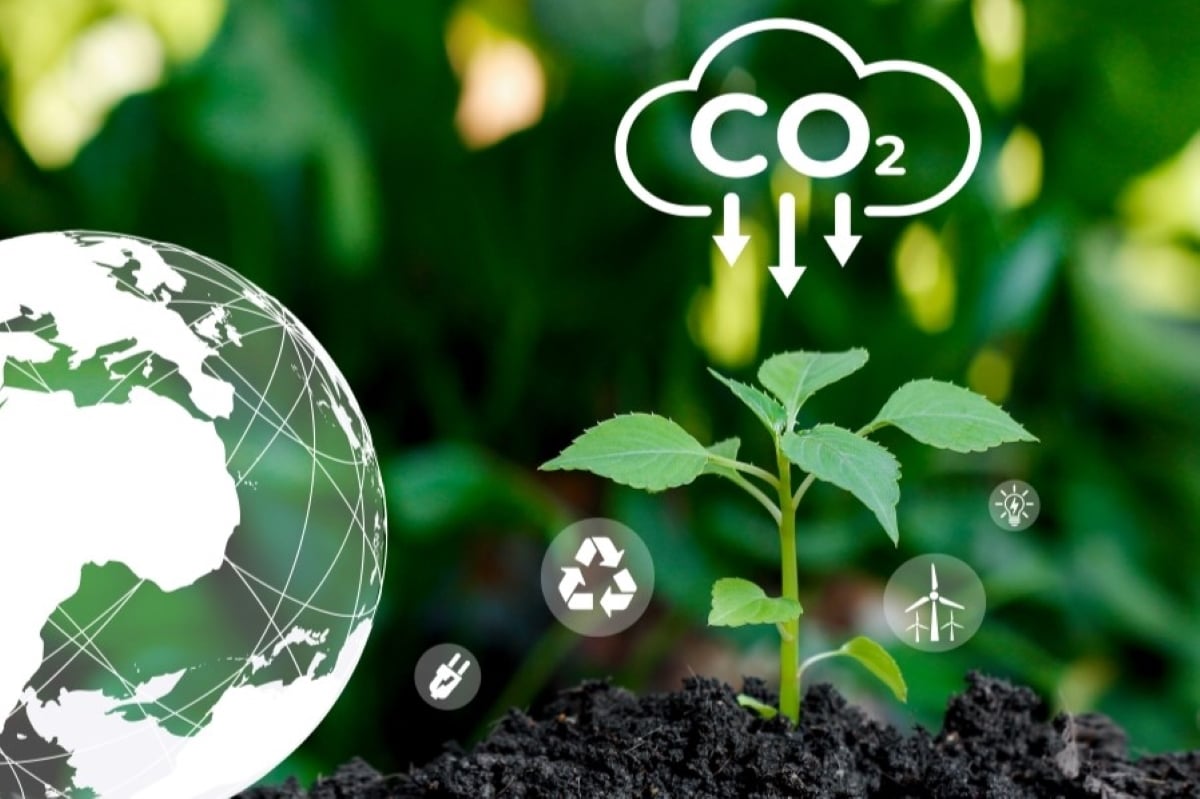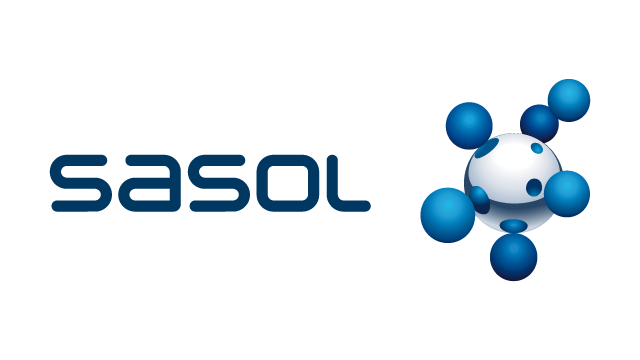

Our commitment to climate action
We are answering the sustainability call through the way we run our operations and the solutions we provide to our customers.
In line with this commitment, we are actively working to gradually reduce our emissions and improve our performance, aiming to achieve net-zero by 2050. Our approach, rooted in science, targets a 30% reduction in Scope 1 and 2 emissions by 2030. We continuously refine our roadmap by identifying additional strategies and measures to support this progress. Roadmap implementation focuses on renewable electricity and low-carbon energy/feedstocks for steam production. Energy and process efficiency improvement projects are a priority in the context of high energy costs. A strong pipeline of emission-reduction projects is in development to deliver on the 2030 target.

Sasol Chemical is focusing on five key strategies to reduce greenhouse gas (GHG) emissions:
- Renewable Energy: We’re investing in both direct and virtual renewable power purchases at our main production sites.
- Process Optimization: We’re improving efficiency through digital tools and energy-efficiency programs.
- Carbon Capture, Use, and Storage (CCUS): We capture and convert carbon into useful chemicals and fuels. We have assets in the US and Europe that are ideally positioned in industry corridors that are ready for collaboration on CCUS.
- Advanced Technologies: We’re keeping an eye on developments in electrification and blue and green hydrogen, which will help us reach our targets.
- Policy and Funding: We adapt to changes in policies, regulations, and funding opportunities, which guide our planning and actions.
Selected highlights of Sasol Chemicals GHG emission reduction initiatives by region
North America

Eurasia
Africa
For more information on our global emission reduction efforts, please refer to our Sustainability Reports

Learn about our commitment to reaching net zero by 2050

Our dedication to a greener future
Modern societies will see shifts in how they live, and modern economies will change how they produce and move goods.
Watch the video to explore how Sasol is leading the way toward a more sustainable future.
